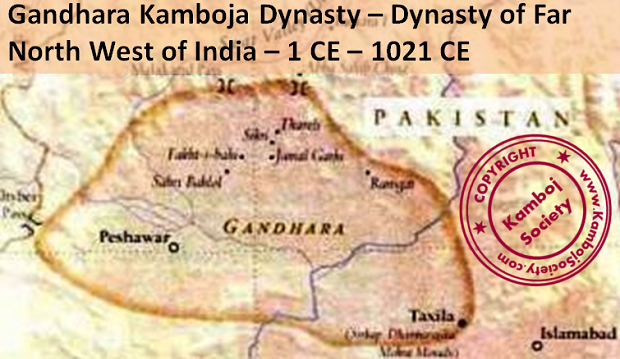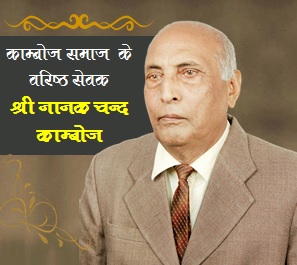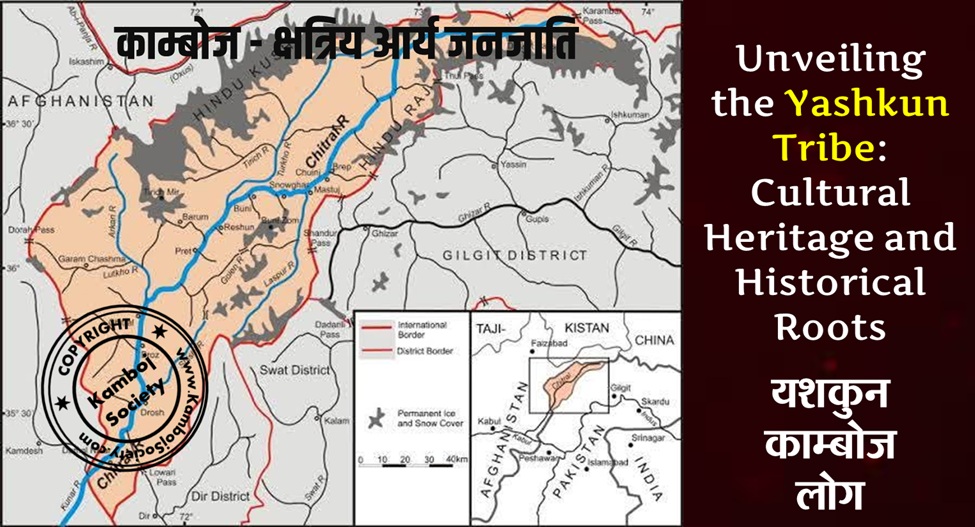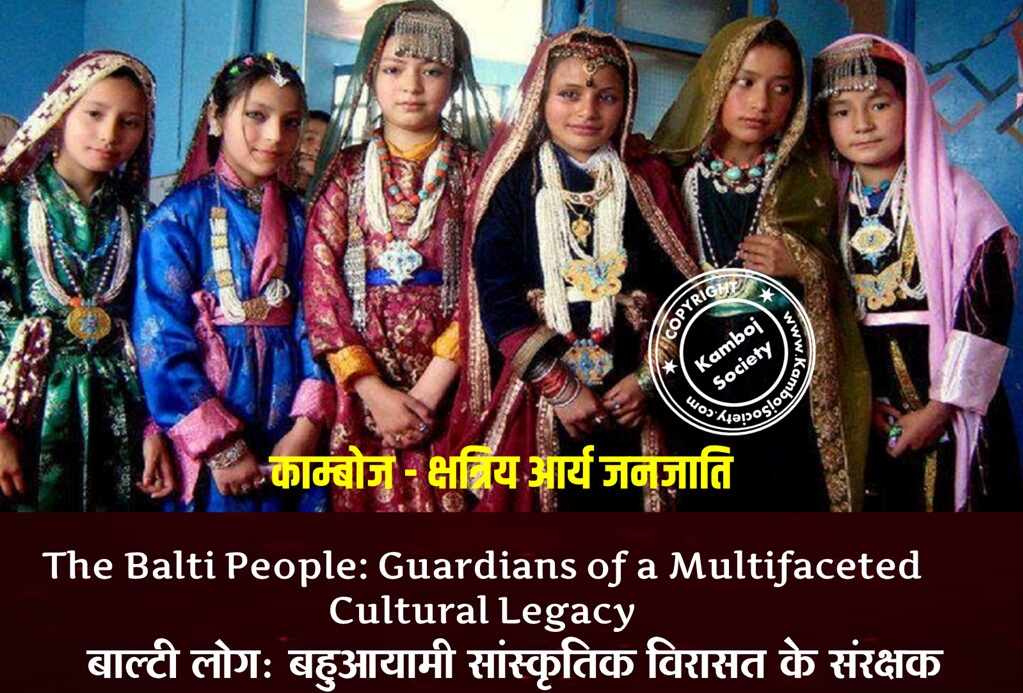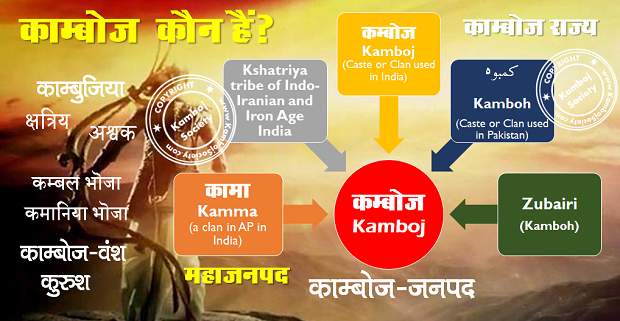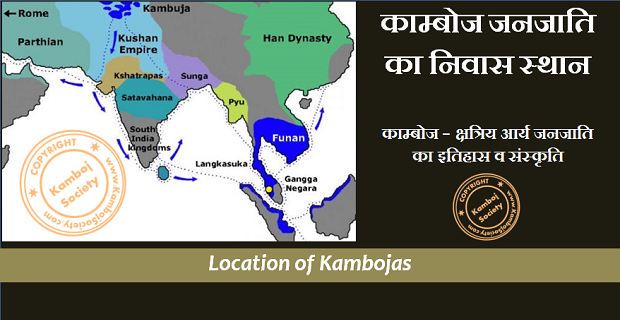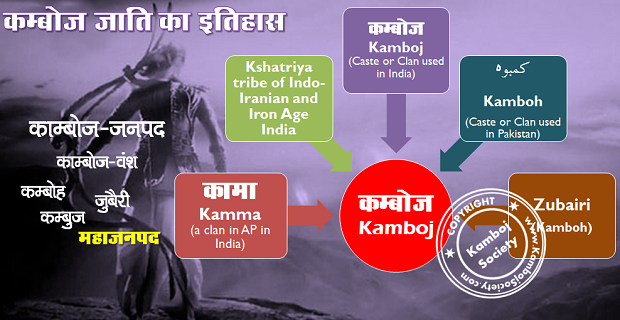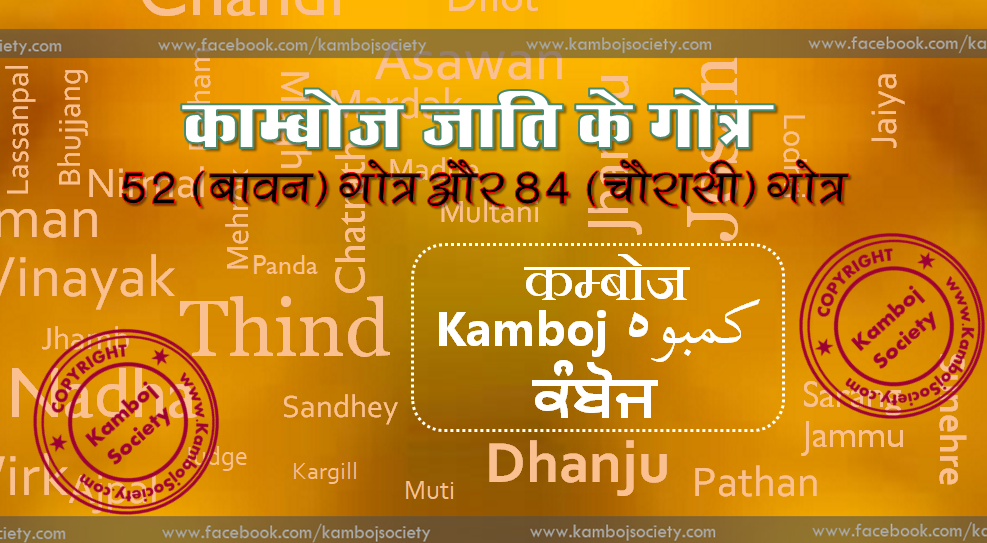Gandhara means ‘perfumed’ in Sanskrit and ‘waihind’ in Persian was one of the most famous ancient Indian Kingdoms. The extremities of Gandhara varied from time to time and extended from northern Pakistan to east of Afghanistan. The kingdom was settled in the valley of Peshawar, plateau of Potohar and some parts north of the Kabul River. Purushapura which is modern Peshawar and Takshashila or Taxila were the two important cities of this kingdom. Swat Valley was also included by some kings. Though Peshwar was always the administrative center, the capitals of this kingdom kept changing from Pushkalavati (Charsadda), Taxila, Purushapura (Peshawar) and finally to Udabhandapura (Hund) on the Indus.
Gandhara Kamboja Dynasty – Geography
The Gandhara Kings ruled from the 1 CE to the around 1021 CE. The Buddhist Kushana King, Kanishka (128 CE – 151 CE), gave this dynasty stability and power but started to decline after the invasion of Mahmud of Ghazni in 1021 CE. The Muslim rulers controlled the entire kingdom from Lahore or from Kabul and were included as the part of Kabul province.
Bank of Kabul River was homeland for Gandhara Dynasty since the Vedic period and this region was also known as Peshawar Valley. Later they crossed the Indus and covered parts of north-west Punjab of Pakistan. Gandhara settled on the grand northern high road which was known as Uttarapatha. This was an important passage for communication with ancient Iran and Central Asia and thus was a center of international commercial activities.
Mythological Attachment to Gandhara Kamboja Dynasty
The two epics Ramayana and Mahabharata have direct links with Gandhara Kingdom. Prince Bharat of Ramayana was the ancestor of King Ambhi Kumar. Gandhara has special significance in the Mahabharata as the Princess Gandhari was married to Blind King of Hastinapur, Dhritarashtra. This insulted Prince Shakuni and he took revenge through his nephew Duryodhana. Duryodhana, Prince of Kaurava led war against his cousins, Pandava under the influence of Shakuni. The greatest war of Kurukshetra was fought for 18 days and other than the Pandava no one survived.
Andan Dheri Stupa located in the village of Uchh in the lower Swat Valley of Gandhara now in Pakistan is considered to be the birth place of Padmasambhava, the founder of Tibetan Buddhism. It was also marked with mythical Lake Dhanakosha.
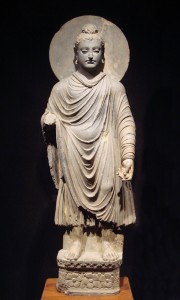
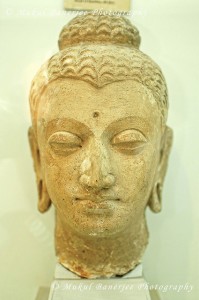 Mauryan Attachment to Gandhara Kamboja Dynasty
Gandhara Empire has witnessed reign of many great Kings such as Chandragupta Maurya around 321 CE. Under the guidance of Kautilya (Chanakya), he founded the Maurya Dynasty and conquered Pataliputra in 321 BC. King Ashoka, one of the greatest Indian rulers was the grandson of Chandragupta Maurya. He adopted Buddhism after the massacre of Kalinga war. Rest of his life he devoted in the spread of Buddhism and constructing monuments and Stupa with inscriptions of the religion throughout his empire.
Decline of Gandhara Kamboja Dynasty around 1020 CE
King Jayapala had to face several defeats by Ghaznavid invasions under Sabuktigin which led him to commit suicide. His son Anandapala took over the throne and moved his capital to Nandana. Later in 1021AD, King Trilochanapala was murdered by his own army and Gandhara Kamboja dynasty was brought to an end. Some scholars believe that the descendents of this dynasty moved to Kashmir and got mixed there.
What is Gandhara?
Gandhara is the name given to an ancient region or province invaded in 326 B.C. by Alexander the Great, who took Charsadda (ancient Puskalavati) near present-day Peshawar (ancient Purusapura) and then marched eastward across the Indus into the Punjab as far as the Beas river (ancient Vipasa). Gandhara constituted the undulating plains, irrigated by the Kabul River from the Khyber Pass area, the contemporary boundary between Pakistan and Afganistan, down to the Indus River and southward towards the Murree hills and Taxila (ancient Taksasila), near Pakistan"s present capital, Islamabad. Its art, however, during the first centuries of the Christian era, had adopted a substantially larger area, together with the upper stretches of the Kabul River, the valley of Kabul itself, and ancient Kapisa, as well as Swat and Buner towards the north.
Source: https://www.ensyklopedia.com/gandhara-kamboja-dynasty-dynasty-of-far-north-west-of-india-1-ce-1021-ce/
Mauryan Attachment to Gandhara Kamboja Dynasty
Gandhara Empire has witnessed reign of many great Kings such as Chandragupta Maurya around 321 CE. Under the guidance of Kautilya (Chanakya), he founded the Maurya Dynasty and conquered Pataliputra in 321 BC. King Ashoka, one of the greatest Indian rulers was the grandson of Chandragupta Maurya. He adopted Buddhism after the massacre of Kalinga war. Rest of his life he devoted in the spread of Buddhism and constructing monuments and Stupa with inscriptions of the religion throughout his empire.
Decline of Gandhara Kamboja Dynasty around 1020 CE
King Jayapala had to face several defeats by Ghaznavid invasions under Sabuktigin which led him to commit suicide. His son Anandapala took over the throne and moved his capital to Nandana. Later in 1021AD, King Trilochanapala was murdered by his own army and Gandhara Kamboja dynasty was brought to an end. Some scholars believe that the descendents of this dynasty moved to Kashmir and got mixed there.
What is Gandhara?
Gandhara is the name given to an ancient region or province invaded in 326 B.C. by Alexander the Great, who took Charsadda (ancient Puskalavati) near present-day Peshawar (ancient Purusapura) and then marched eastward across the Indus into the Punjab as far as the Beas river (ancient Vipasa). Gandhara constituted the undulating plains, irrigated by the Kabul River from the Khyber Pass area, the contemporary boundary between Pakistan and Afganistan, down to the Indus River and southward towards the Murree hills and Taxila (ancient Taksasila), near Pakistan"s present capital, Islamabad. Its art, however, during the first centuries of the Christian era, had adopted a substantially larger area, together with the upper stretches of the Kabul River, the valley of Kabul itself, and ancient Kapisa, as well as Swat and Buner towards the north.
Source: https://www.ensyklopedia.com/gandhara-kamboja-dynasty-dynasty-of-far-north-west-of-india-1-ce-1021-ce/
Gandhara Kamboja Dynasty
- Deepak Kamboj
- Jan 9th, 2014
- 5418 Views
